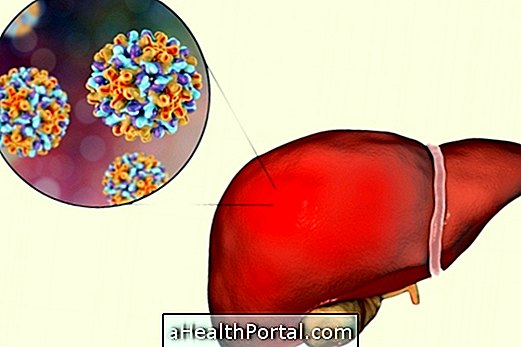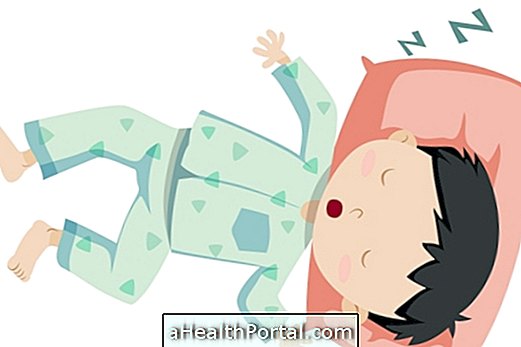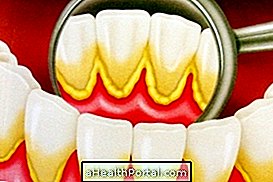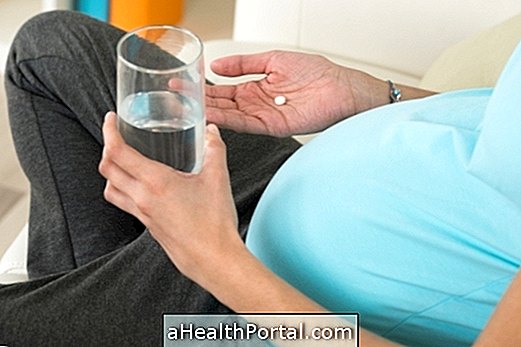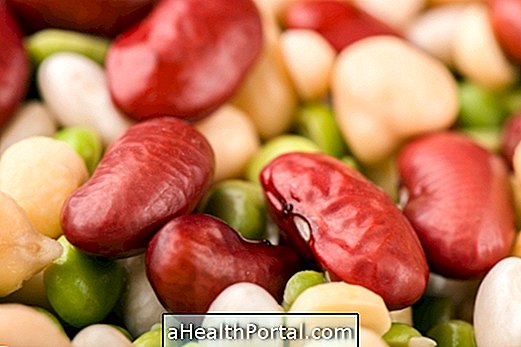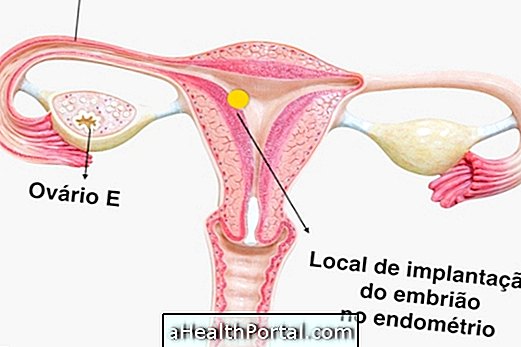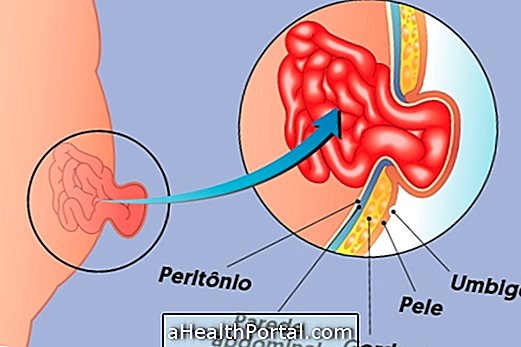The bouba, also known as yaws, is an infectious disease that affects the skin, bones and cartilage. This disease is more common in tropical countries such as Brazil, for example, and affects especially children under 15, especially in the ages of 6 to 10 years.
The cause of the yaw is an infection caused by the bacterium Treponema, a subspecies of the bacterium that causes syphilis. However, bouba is not a sexually transmitted disease, nor does it cause long-term cardiovascular problems like syphilis.
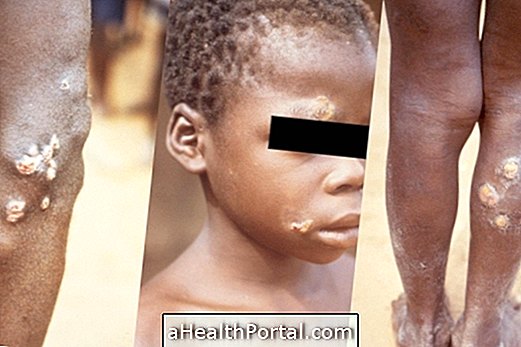
How to handle and transmit
The transmission is made by direct contact with the infected skin of an individual and develops in 3 phases:
- Primary stage : Within 3-5 weeks after contact with an infected individual, a child's skin lesion, called a "mother's bough", similar to a nodule or wart, grows in size, a shape similar to a raspberry. In the region there may be itching and swelling of the lymph nodes. It usually goes away after 6 months.
- Secondary stage : It appears a few weeks after the first phase of the bouba and is characterized by the appearance of hard lesions on the skin of the face, arms, legs, buttocks and soles of the feet, which make it difficult to walk. At this stage there is also swelling of the lymph nodes and problems can arise in the bones that cause pain in the bones at night.
- Late Stage : It develops about 5 years after infection begins and causes serious injuries to the skin, bones and joints, causing movement pains. At this stage, the bouba can also lead to the destruction of parts of the nose, upper jaw, sky of the mouth and pharynx, disfiguring the individual's face.
The bouba has a cure and is rarely fatal, but individuals may have severe deficiencies in the body when they do not perform the treatment properly.
Signals and symptons
The symptoms of bouba can be:
- Yellowish skin lesions, grouped in the shape of a raspberry;
- Itching at wound sites;
- Lumps in the neck, groin and armpits due to swollen lymph glands;
- Pain in bones and joints;
- Painful wounds on the skin and soles of the feet;
- Swelling of the face and disfigurement when the infection started years ago, without any type of treatment.
The diagnosis is made based on the analysis of the symptoms, physical examination and recent history of travel to warm places and with little basic sanitation. To confirm the diagnosis, the doctor may order a blood test called antibiogram to identify the presence of the bacteria that causes this disease.
Treatment
The treatment of bouba consists of the use of injection of penicillin, given in several doses, depending on the age of the patient and the prescription of the doctor. In case of being allergic to penicillin, the patient may take erythromycin, tetracycline hydrochloride or azithromycin.
Lesions at the primary and secondary stages can heal completely, but destructive changes that may include loss of the nose may be irreversible.
